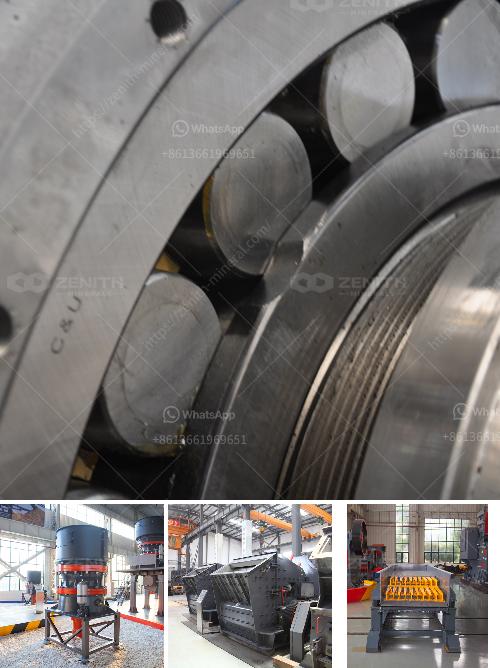Replacing the belt on crushing machinery can be a detailed procedure, but with the right approach, it can be done effectively and safely. Below are general steps you might follow:
-
Safety First:
- Turn off the machinery and lock out/tag out (LOTO) the power source to ensure it cannot be turned on accidentally.
- Wear appropriate personal protective equipment (PPE) such as gloves, safety glasses, and a hard hat.
-
Inspect the Machinery:
- Carefully inspect the machinery to understand how the belt is routed and what components might need to be removed or adjusted to replace the belt.
-
Remove the Old Belt:
- Loosen the tensioning mechanism to relieve tension on the belt. This could involve loosening bolts or adjusting a tensioner.
- Carefully remove the old belt from the pulleys. Note the path the belt takes so you can install the new one correctly.
-
Check Components:
- Inspect the pulleys, tensioner, and other components for wear or damage. Replace any worn parts as needed to ensure the new belt will operate properly.
-
Install the New Belt:
- Route the new belt through the pulleys following the same path as the old belt.
- Ensure the belt is seated correctly in all pulleys and is not twisted.
-
Adjust Tension:
- Adjust the tensioner to apply the correct amount of tension to the belt. Refer to the manufacturer’s specs for the proper tension levels.
- Make sure the tension is even and the belt tracks properly across all pulleys.
-
Test the Installation:
- Double-check that all tools and materials are removed from the machinery.
- Reconnect the power source and turn on the machinery for a short period to test the new belt installation.
- Observe the operation to ensure the belt is running smoothly without any issues.
-
Final Adjustments:
- Turn off the machinery and inspect the belt again. If necessary, make final tension adjustments.
-
Documentation:
- Record the maintenance performed, the date, and any observations or issues encountered for future reference.
Always refer to the manufacturer's manual for specific instructions related to your particular model of crushing machinery. If unsure, it’s often best to contact a professional or the equipment manufacturer for assistance.


